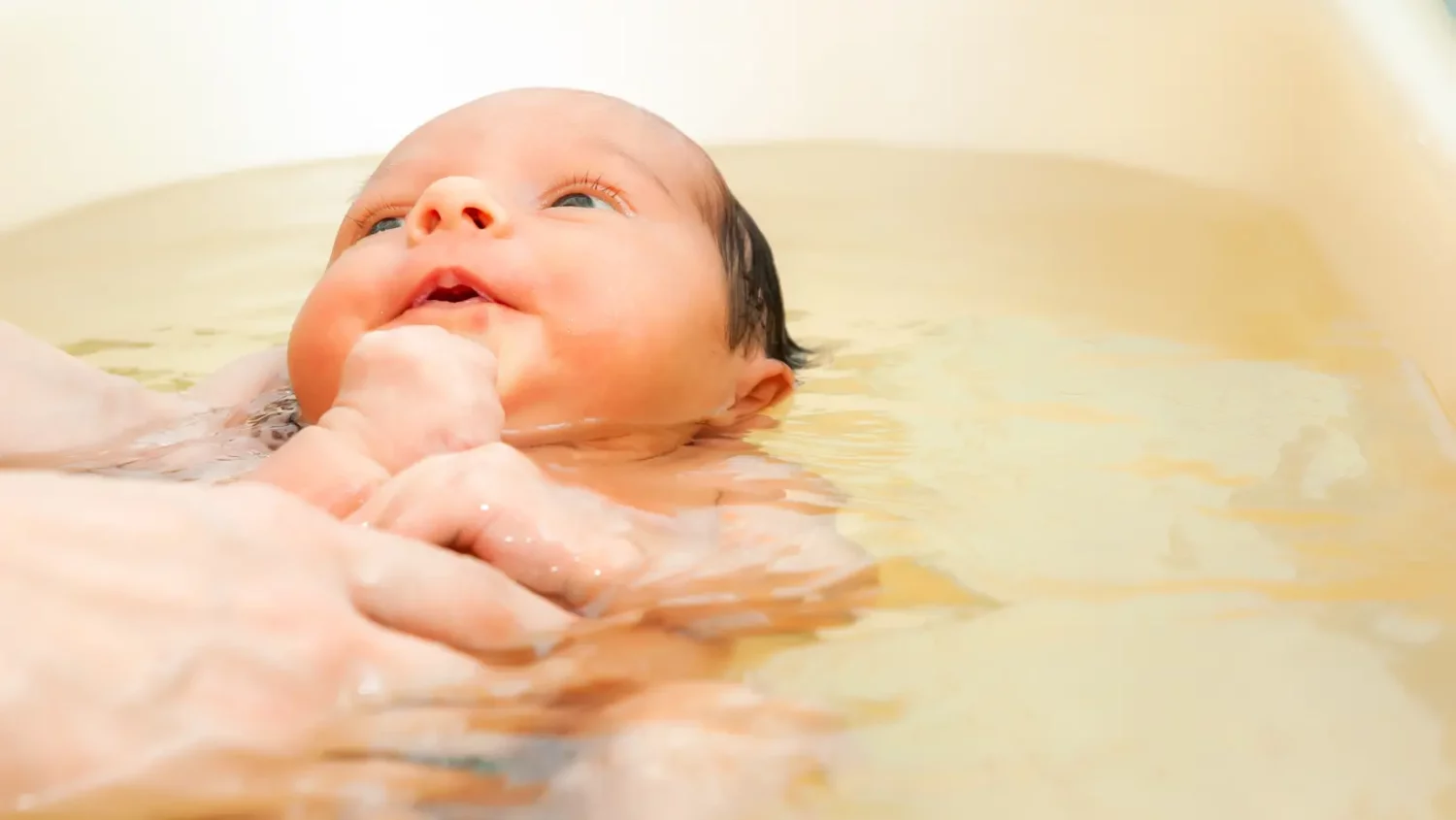To learn more about thalassotherapy, go to Thalassotherapy.
Water’s therapeutic properties are widely recognised. The baby, when carried by their mother, is surrounded by a liquid environment that allows them to grow. It gives them freedom of movement, hydrates them, protects them, etc. The amniotic fluid keeps the baby in a pool at a stable temperature that is higher (about 37.4 degrees) than our body temperature (around 36.5 degrees).
 For a baby, birth is a shock. They arrive in a dry, cool and blinding environment. The many sounds around them aren’t filtered as during their intrauterine life. It’s a huge change for a baby, moving from their warm life in their mother’s uterus to the outside world.
For a baby, birth is a shock. They arrive in a dry, cool and blinding environment. The many sounds around them aren’t filtered as during their intrauterine life. It’s a huge change for a baby, moving from their warm life in their mother’s uterus to the outside world.
Using thalassotherapy to allow a newborn to return to an aquatic cocoon making them feel great. The Thalasso Baby Bath® promotes relaxation and sleep, relaxes muscle tension and provides them with a feeling of physical and psychological calming after what they feel was a traumatic birth.
At home, using hot water from the tap, both parents and babies can benefit from thalassotherapy. You can take warm baths with a newborn safely, especially after the vernix, the natural greasy coating on the baby’s skin is absorbed (around 2 or 3 days). Why not use the Thalasso Baby Bath® to give your newborn a relaxing moment that will help their well-being and emotions?
What is Thalasso Baby Bath® therapy?
To explain how the Thalasso Baby Bath ® works, I brought in Eve Montminy, a caregiver in a perinatal resource centre, who also provides in-home care. Eve told me how the procedure works, and I also observed a Thalasso Baby Bath ® experience with a baby girl with her parents.
First, I would like to thank Eve and Sylvain and Marianne. They’re the parents of little 17-day-old Abigaël who allowed me to attend this very special moment. They also allowed me to film the bath for a short video I will present in this entry.
Here are the steps for a Thalasso Baby Bath®:
Before starting, the caregiver fills out a questionnaire with the parents about the pregnancy and childbirth. They will ask questions about the first days at home with the baby. How did the first bath go? How is breastfeeding going? Is the baby sleeping well? Understanding the newborn and interpreting their reactions is important during therapy. The caregiver also takes time to evaluate the family’s needs to provide proper support. Generally, the caregiver is in the home for between 1.5 to 2 hours.
Preparing the environment:
Before starting the therapy, it’s important to prepare the environment. While the parent will feed the baby to make sure they’re calm and relaxed, the caregiver will:
- Prepare a hot bath (37 degrees). Eve used a thermometer to get the right temperature. One or two degrees difference will influence the baby’s ability to relax and release their tensions. The goal is mimicking their inter-uterine life.
- Manage the temperature in the bathroom and avoid air currents.
- Create a calming atmosphere by dimming the lights (if possible) and playing soft music.
- Bring the necessary items—towel, massage oil—for after the bath.
- Undress the baby at the last minute before placing them in the hot bath.
The therapy:
- The caregiver will let the water from the showerhead run in a small deep bath placed in the family bathtub. This maintains the water temperature. The running water also produces a sound that will remind the baby of their inter-uterine setting. It’s also a natural massage for the baby when slid under the water jet.
- The caregiver will take the baby in their arms for first contact. They will softly talk to them, then place them in the bath water supporting them on each side with their forearms. This will reassure them, support them and provide a feeling of safety for the baby.
- The baby will move around, push, start moving from side to side. The caregiver will also suggest mild movements, swinging them, the fetal position, stretching and a natural massage sliding the top of the baby’s head, forehead and eyes under the shower. They will never cover the nose or mouth with water.
It’s a magnificent and moving thing to watch. The baby was really calm. They closed their eyes naturally, without worry or fear.
- The Thalasso Baby Bath ® session is guided by the baby. The caregiver will suggest movements while observing them. If the baby seems uncomfortable, cries or seems grumpy, the caregiver will reassure them. They will talk softly to them or hold them in their arms. If the baby acts this way, it’s time to end the therapy. You can breastfeed or give them their bottle during the therapy to comfort them before continuing with the therapy.
- The bath normally lasts for between 10 and 15 minutes. Once it’s over, the baby is slowly removed from the bath and placed in a large towel to keep them warm.
After the bath:
- If the baby seems to be receptive, the caregiver will finish the therapy with a massage. The intensity will depend on the level of relaxation after the bath. Sometimes the caregiver will ask the parents to take part if they want. The caregiver will guide them.
- Then either the mother or father can do skin-to-skin with the baby to end the experience. Both will have a sense of well-being.
There is no “recipe” for a Thalasso Baby Bath ®. Each of the steps is extremely different. The caregiver adjusts to the baby’s signals. Their approach will also be based on how the baby welcomes the session and the parent’s experience before, during and after their baby’s birth. The caregiver will use their experience, listen, observe and will be guided by the baby and parents. The Thalasso Baby Bath ® experience is unique and special. It’s a time to pause, interact with your baby and welcome them back…almost like a second birth.
A few suggestions:
Babies aged from two days to four weeks can have this bath. For premature babies, use the corrected age.
Eve suggests giving a Thalasso Baby Bath ® as quickly as possible for the following situations:
- Caesarian birth;
- The use of forceps or vacuum;
- Long labour;
- Prolonged engagement in the pelvis (long period of pushing);
- Mother-baby separation after birth;
- Breastfeeding or sleep problems.
In certain cases or based on their observations, the caregiver can start a second therapy or refer the baby to a professional, such as an osteopath.
It’s recommended that parents not use the subtleties of this therapy. The caregiver is experienced, and some babies can have strong reactions that will surprise the parents.
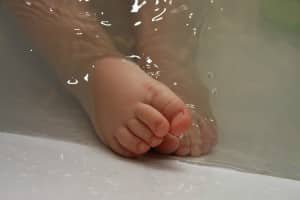 That said, if you’re comfortable you can get into the bath with your baby and imitate the soft rocking movements. This contact between a parent and their baby is special. This approach promotes attachment between the parent and their child using touch and developing mutual trust and security. It transforms a baby cleaning bath into a pleasing and relaxing bath.
That said, if you’re comfortable you can get into the bath with your baby and imitate the soft rocking movements. This contact between a parent and their baby is special. This approach promotes attachment between the parent and their child using touch and developing mutual trust and security. It transforms a baby cleaning bath into a pleasing and relaxing bath.
You can watch this short video for inspiration. Watch Eve’s technique. I really encourage you to touch your baby in many ways. Hold them to you, hug them, hold them skin-to-skin, rock them, nothing can be more comforting!
Since 2016, thanks to the certification of Eve Montminy and Stephanie Houde, the perinatal resource centre Bedon & bout’chou has been providing this service. They have already completed over 100 in-home sessions.
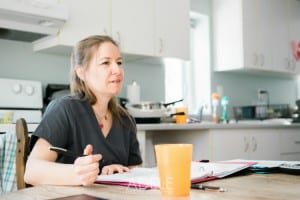
Eve Montminy |
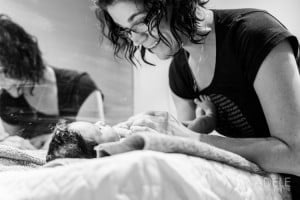
Stéphanie Houde |
Thanks for reading this and enjoy every one of life’s moments.
Talk soon,
Marie
The Baby Expert
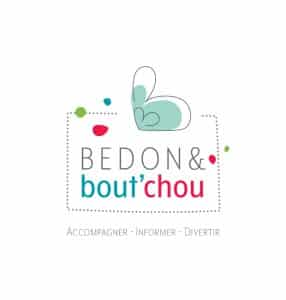 |
Complexe de la santé 15, rue J.-A. Bombardier, Sherbrooke, suite A-150 (QC) J1L 0H8Téléphone : 819 822-boutchou (2688)bedonboutchou.ca |

